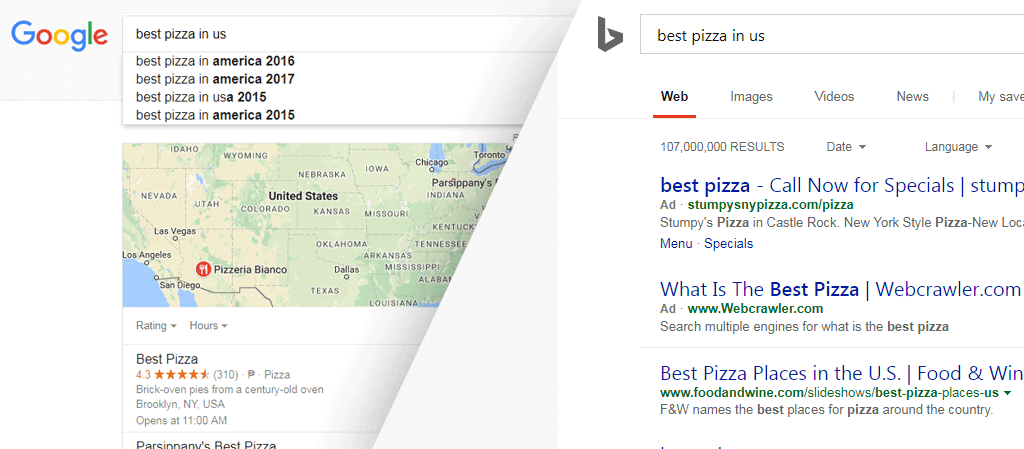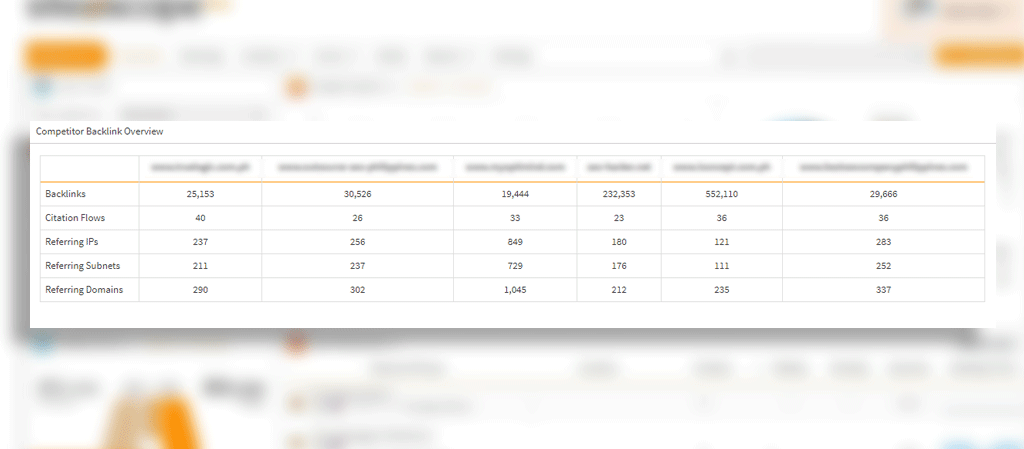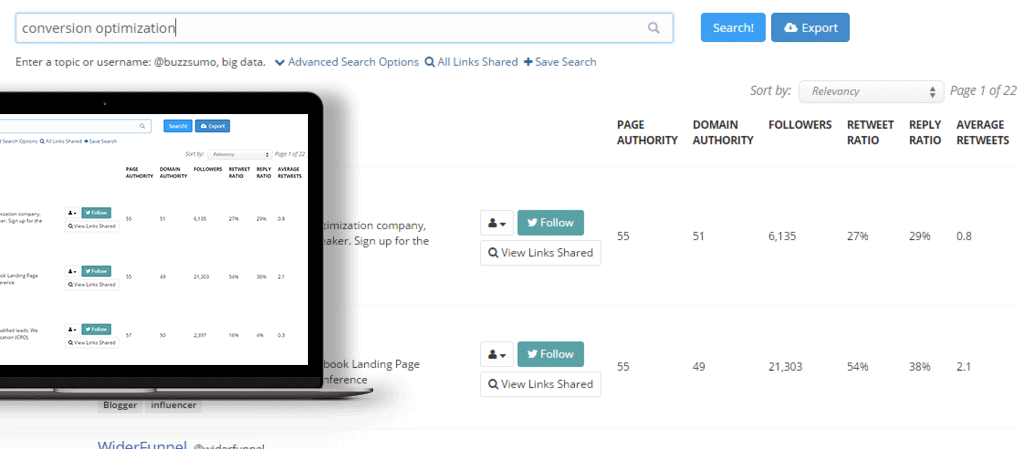
- The Importance Of Rank Tracking Local Keywords In 2018 - June 5, 2018
- How to Spot Opportunities from your Competitors’ Backlinks - July 19, 2017
- Why You Should Monitor Your Brand Daily - May 26, 2017
Where there’s business, there’s competition.
Regardless of the industry you belong to, there will always be other brands that challenge your own. After all, every business wants to take the largest share of the proverbial market pie. Beating every competitor seems to be the go-to option of most, but it is not the be-all and end-all of it. Watching them is just as good a move, as it levels the playing field and paves the way to outsmart the competition.
In digital marketing, competitor tracking is an integral part of every effective strategy. There is great value in knowing your competitors’ intentions and plans, as this provides an opportunity for you to prepare and act accordingly. Such information can be leveraged to not only level the playing field but also trounce the competition.
Tracking competitors in SEO primarily revolves around backlinks. The key concept here is to check and identify as fully as possible their entire backlink profiles. But, how is this done exactly? Here’s a quick and easy guide for you:
Identify Your Competition
Who exactly are your competitors? This goes beyond identifying the brand that has the highest market share in your industry. What you have to do is pinpoint multiple competing businesses and compare data you obtain from them; three or five competitors would do. This paints a complete picture of who and what you are up against.

Venture outside of Google. Use Bing and Yahoo as well to gauge your competitors’ strengths. Afterwards, check the domain authority of each site. From this, you will gain a better understanding of your competitors’ respective positions on the market.
See Where Their Links Are From
The next course of action is to gather as much link data as possible. Siteoscope has the right tools for this kind of job. Do this for every competitor’s domain. When you’re done, you’ll find a list of links – the very links that prop up your competitors’ online presence.

Here’s a very important step you should take: identify the links they have. Which ones are from media outlets? Which ones are from press releases? Are there links coming from blogs, forums, or comments? How about links brought about by sponsorships? What are the organizations and groups that link to your competitors? The answers to these questions matter a lot, as these allow you to look at the bigger picture and understand where they are putting their money.
Look for links that are common among your competitors. There will always be links that are connected to multiple competitors. Find these and see if there is a pattern. Doing so would clarify the finer points of their strategy – who they pay for posts, how they get press, and other linking efforts they’ve put up.
Replicate Their Links
If you can’t beat them, join them – or in this case, mimic what they do. The fact that your competitors are on top of the SERPs means they know what they are doing. It isn’t a bad idea to try to get press from the same media outfits that cited or promoted your competition. It’s also pretty smart to publish guest posts where they do. By replicating their linking efforts, you elevate the status of your brand closer to theirs, which, in turn, levels the playing field.
Look at What They Publish
Keep tabs on the author names in their guest posts. In creating guest posts and other published content, businesses tend to attribute these only to a few names, if not a single name. This practice hits two birds with one stone. First, it promotes the company pushing for its publication. Second, it builds the personal brand of the author/s, effectively establishing their credibility in the industry.
So, how is this useful to your own strategy? Knowing who writes your competitor’s content makes it easier for you to monitor what they’re doing. A quick search of their name can show you a list of the articles they have posted, which allows you to collect data on where they post, what they post about, and what links they include in every post. You can also use Buzzsumo to get a list of top influencers and information about their popular content.

Tailor Your Strategy
Your effort shouldn’t end with replicating your competitors’ efforts. At the end of the day, a one-size-fits-all strategy can only go so far. Every campaign and brand is different, hence the need to tweak your game plan where necessary.
Make sure to do what your competitors do well, but also find opportunities to gain an edge over them. Go beyond copying their strategy. Instead, replicate what works, drop what doesn’t, and explore what could fare better.
All these steps may seem complicated to site owners who have little background on SEO, but in reality, it’s simpler than it sounds. When you use the right tools like what we offer at Siteoscope, the entire process becomes easier and your growth happens faster.
Sign up and get a free 30-day trial today!




